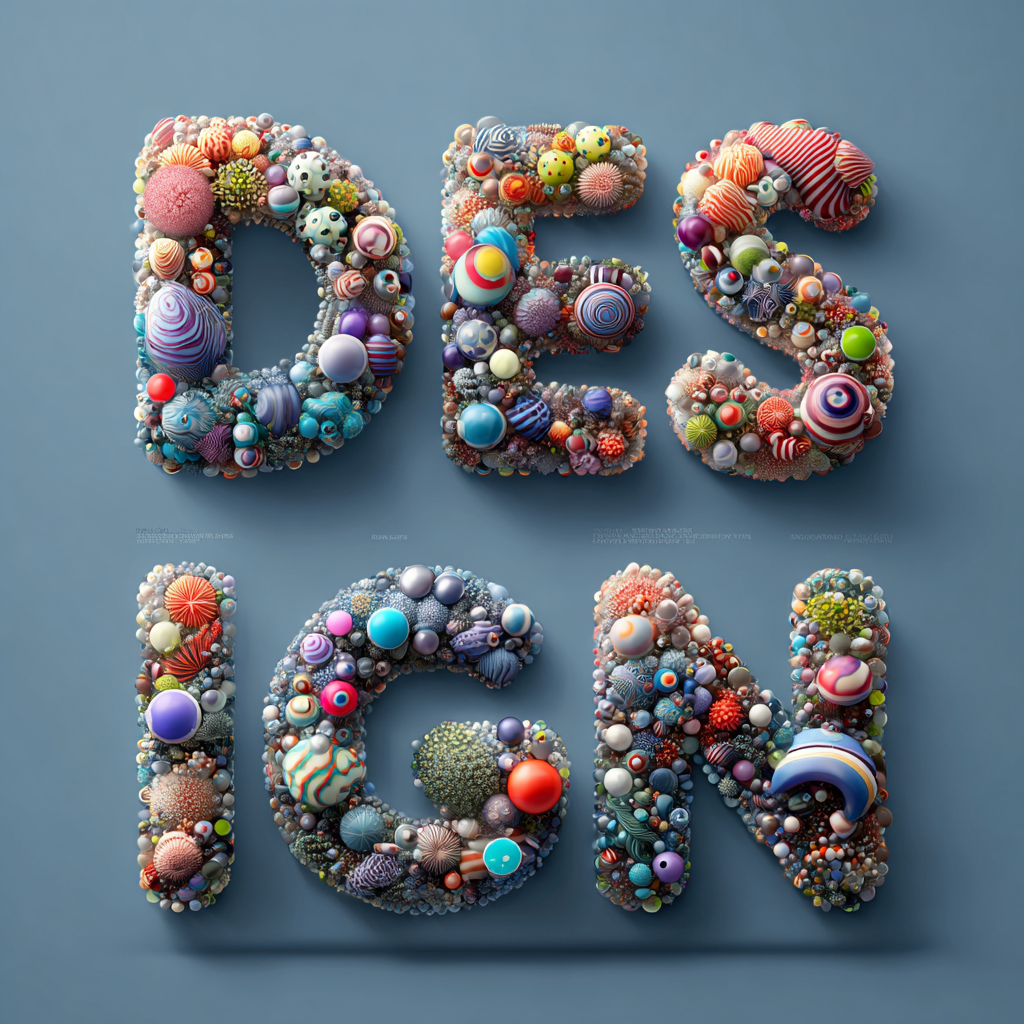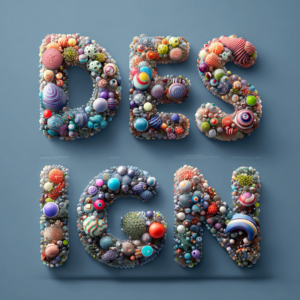Ever wondered what build, manage, scale really means when someone touts full‑service web design?
What makes a web design service “full‑service” rather than just “we’ll slap together a homepage and see you later”? At Tic Creative, you’ve probably been on both sides of that argument: the minimalist, urgent “just make it live” gigs versus the tactical, all‑in partnerships that deliver results with staying power. A true full‑service design doesn’t simply deliver a pretty site; it actively builds it with purpose, manages its evolution, and lays the groundwork so it scales naturally.
First off, let’s talk build. This isn’t about cookie‑cutter templates—this is strategy, UI/UX, branding, accessibility, motion, SEO, and tech harmonised from the get‑go. Then manage arrives, as maintenance, analytics, content, updates, marketing, hosting and optimisation all becoming part of your routine rather than an afterthought. Finally, scale means building the architecture and strategy—whether it’s modular design systems, marketing pipelines, or SEO frameworks—that allows your site to grow without meltdown.
In 2025, this full‑service model is no longer a luxury—it’s expectation. Agencies like Clay offer dev, branding, app and content strategy all under one roof. Meanwhile, modern trends demand expanding into neuromorphism, micro‑interactions, animation, AI tools, AR/VR and more—making single‑lane service providers obsolete. Let’s dive deep into what it actually means to build, manage, and scale—and why it’s everything.
I. Building – The Foundation of Full-Service Web Design
H1. Strategy & Discovery
A full‑service agency doesn’t hit “build” without knowing your brand goals, user needs, and conversion intent. They ask: What does success look like? What’s your customer journey?
H2. UI/UX, Visual & Brand Design
It’s not just how it looks—it’s how it works. Visual designs are tailored to your brand’s identity and purpose, not pre‑made templates shipped with a five‑minute pager. Clay is a great example—they integrate branding, UX, web and app design into one holistic process.
H3. Responsive & Accessible Development
From Brutalism and bold visuals to animations and voice interfaces, design today demands authenticity and accessibility. A full‑service team ensures your build is mobile‑friendly, optimised for SEO, compliant with accessibility, and performance‑tuned.
H4. SEO, Copy & Content Strategy
The beauty of full‑service: it’s not just design. It’s content writing, SEO-friendly copy, metadata, keyword planning, email signup funnels, and marketing hooks—all embedded in the build phase, not tacked on later.
II. Managing – Keeping It Legal (And Alive)
H1. Updates, Hosting & Maintenance
WordPress hosts like Tree River Media will manage updates, security, backups, performance, and hosting so you can sleep at night.
H2. Analytics & Performance Monitoring
A full‑service provider doesn’t stop at launch—they track user behaviour, loading times, conversion rates, and ROI, continuously optimising the site.
H3. Content Management & Marketing Integration
Blog posts, social posts, email campaigns, PPC and SMM often fall under one roof in full‑service setups, ensuring your site never becomes stale.
III. Scaling – Future-Proofing Your Digital Presence
H1. Modular Design & Systems Thinking
Scale requires structure: design systems, component libraries, and CMS frameworks that let you expand without rebuilding from scratch.
H2. Marketing & Automation Pipelines
Using AI, CRM integrations, email automations, and content workflows that scale as your business grows. Full‑service agencies connect website performance with marketing efficacy.
H3. Emerging Tech & Trend Adaptation
As 2025 marches on, websites will incorporate AI‑powered tools, AR/VR, custom animations and voice interactions—modern enterprises need designers who stay ahead.

H1. Case Study: How Clay Helped a Scale-Ready SaaS Startup
Client: A mid-stage SaaS company needing brand consistency, website, and content marketing to fuel H2 growth.
BUILD Phase:
- Discovery: Clarified audience segments, planned user journeys, aligned brand values with UX flows.
- Design & Build: Created a modular UI toolkit: header, footer, card styles, iconography. Designed with accessibility and flexibility in mind.
- Content & SEO Strategy: Mapped key landing pages, blog topics, SEO keywords, tone of voice and CTAs integrated into template designs.
MANAGE Phase:
- Monthly analytics reports on traffic, PPC/SEO performance, page load speeds.
- On-going content updates—new landing pages, blog posts, gating assets like whitepapers.
- Managed hosting, security patches, backups, performance improvements, quarterly accessibility audits.
SCALE Phase:
- Built out marketing integrations: email CRM, lead magnets, automated drip series.
- Templated library allowed quick A/B landing page creation.
- Added new product modules and microsites—all consistent with brand system, requiring zero rebuild.
- Incorporated micro-interactions and animation updates to modernise site without overhaul.
Outcome: Six-month post-launch saw website traffic +70%, conversion rate to trial +35%, and internal marketing team empowered to build new pages in-house using templated systems.
“A full-service web design isn’t a one-and-done—it’s the living, breathing digital engine propelling your brand forward.”
Want to stop treating your website like a museum exhibit and start treating it like a growth engine? Drop me a line and let’s build, manage, and scale it—properly.












